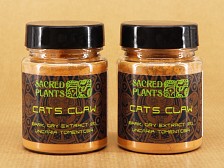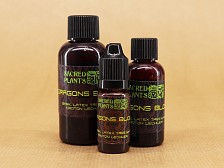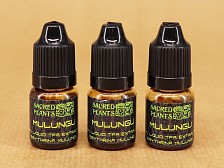
|
Blue Lotus resin extract
|
2 Forms |

|
Cat's Claw extract
|
Cat's Claw 12:1 hydroalcoholic extract is made by carefully concentrating the active components of the vine into a fine, soluble powder. |

|
Dragon's Blood latex
|
Extra-thick, concentrated resin from the Croton lechleri tree, Sangre de Drago is prized for its healing and antibacterial properties. Essential for Kambo practitioners, it is applied to burns after ceremonies. |
4 Forms |

|
Mulungu liquid 4:1 TPA extract
|
Erythrina has long been used by the indigenous peoples in the Amazon. Tinctures and decoctions made from the leaves or barks of Mulungu. |